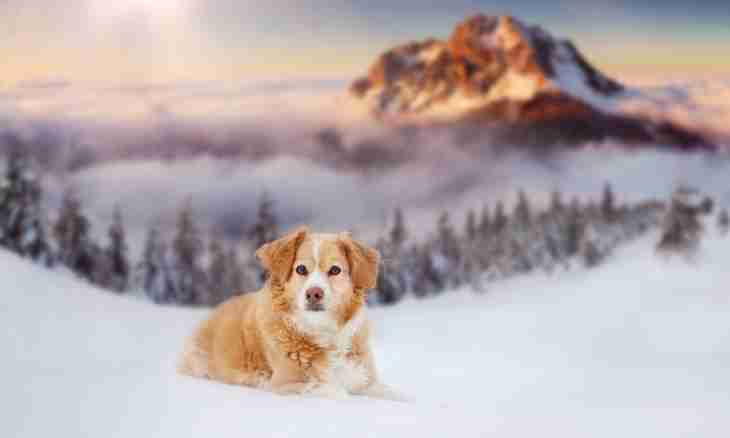Preparation for winter at animals – unusual process which it is very interesting to watch. On the eve of cold weather the inhabitants of the neighboring woods and reservoirs prepare the dwelling for a rewintering, stock up with food and even change the appearance.
Instruction
1. Inhabitants of the woods - hares - do not dig holes and have no constant den. These animals do not prepare stocks for the winter, they eat small backs, getting them from under snow, chewing bark and young growths of trees. And all training of a hare for winter consists in change of color of their skin - from gray on white after a molt. It helps to mask in the winter from predators.
2. For the winter, squirrels and other small rodents are engaged in active preparation of stocks. They get acorns, mushrooms, nuts and hide them under the fallen-down foliage, in hollows or hang out on branches of trees. In hibernation of a squirrel do not lie though several days can sleep in a row during severe frosts.
3. Hamsters, gophers, badgers and hedgehogs fall into a long dream. Also till the spring the bear sleeps. All its winter stocks consist in subcutaneous fat, he gorges on before hibernation approach. Differently insects transfer winter. Some of them dig holes, others can exist even at hard frosts.
4. At the end of fall some birds fly away to warm regions, and others winter on trees, having received more dense plumage. At first the native land is left by cranes, then the time for small tortoiseshells, a zaryanok and wagtails comes. From natatorial geese and ducks when reservoirs begin to freeze also go to the South.
5. On a wintering even some city crows fly away, leaving on a distance to two thousand kilometers. And still the majority of crows remains for the winter in habitats. The pantophagy helps to survive them. These birds can eat fruits, grain, greens, devastate nests, stealing eggs and baby birds, can destroy some rodents, do not disdain drop. All this helps them to survive even in severe conditions.
6. In the winter animals are warmed differently. They are heated by fur, wool, the fat layers protecting skin and internals from overcooling. Also during the winter period the metabolism at the animals who are not falling into hibernation becomes more intensive, increasing heat generation in an organism and compensating a thermolysis.

